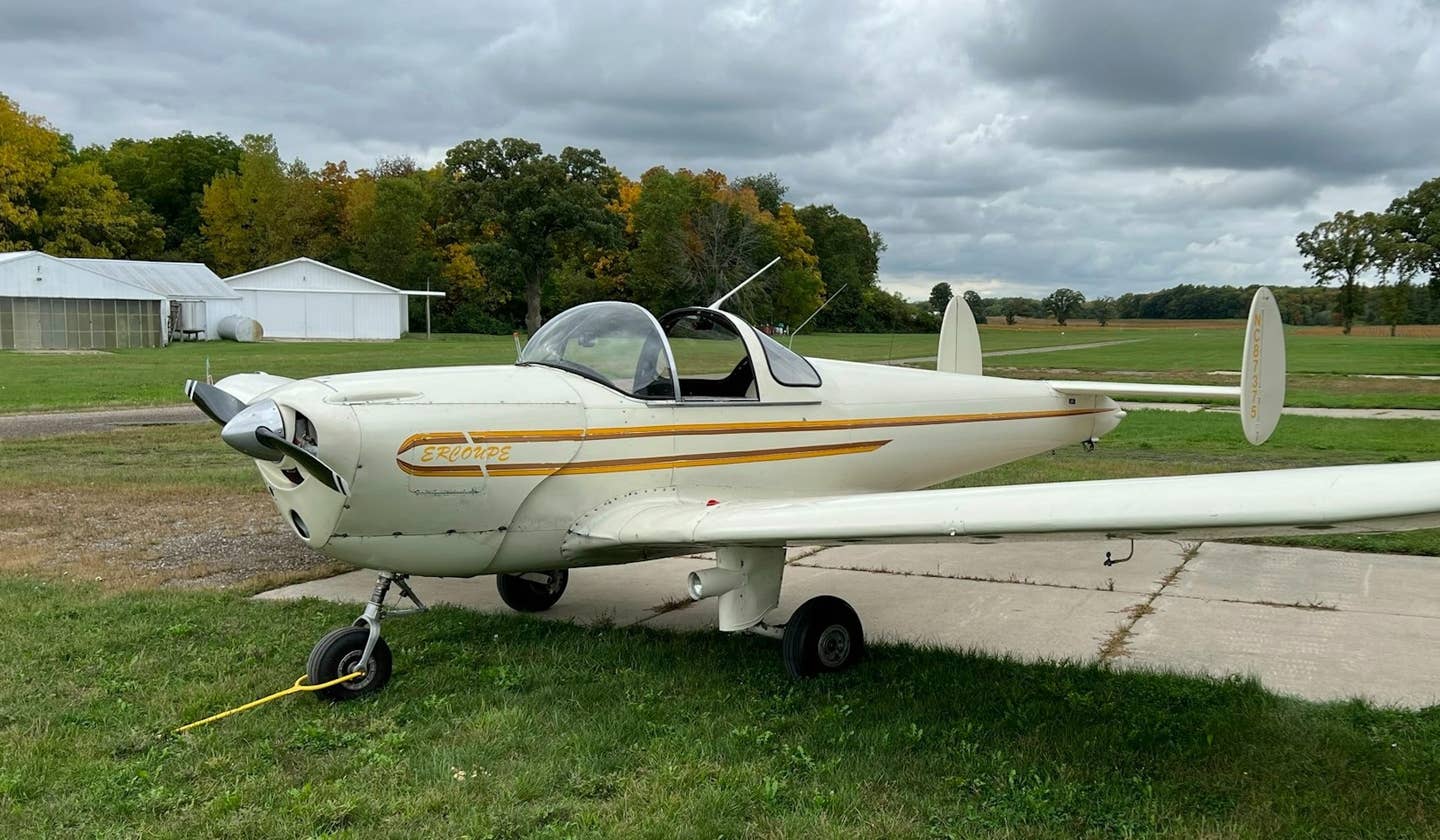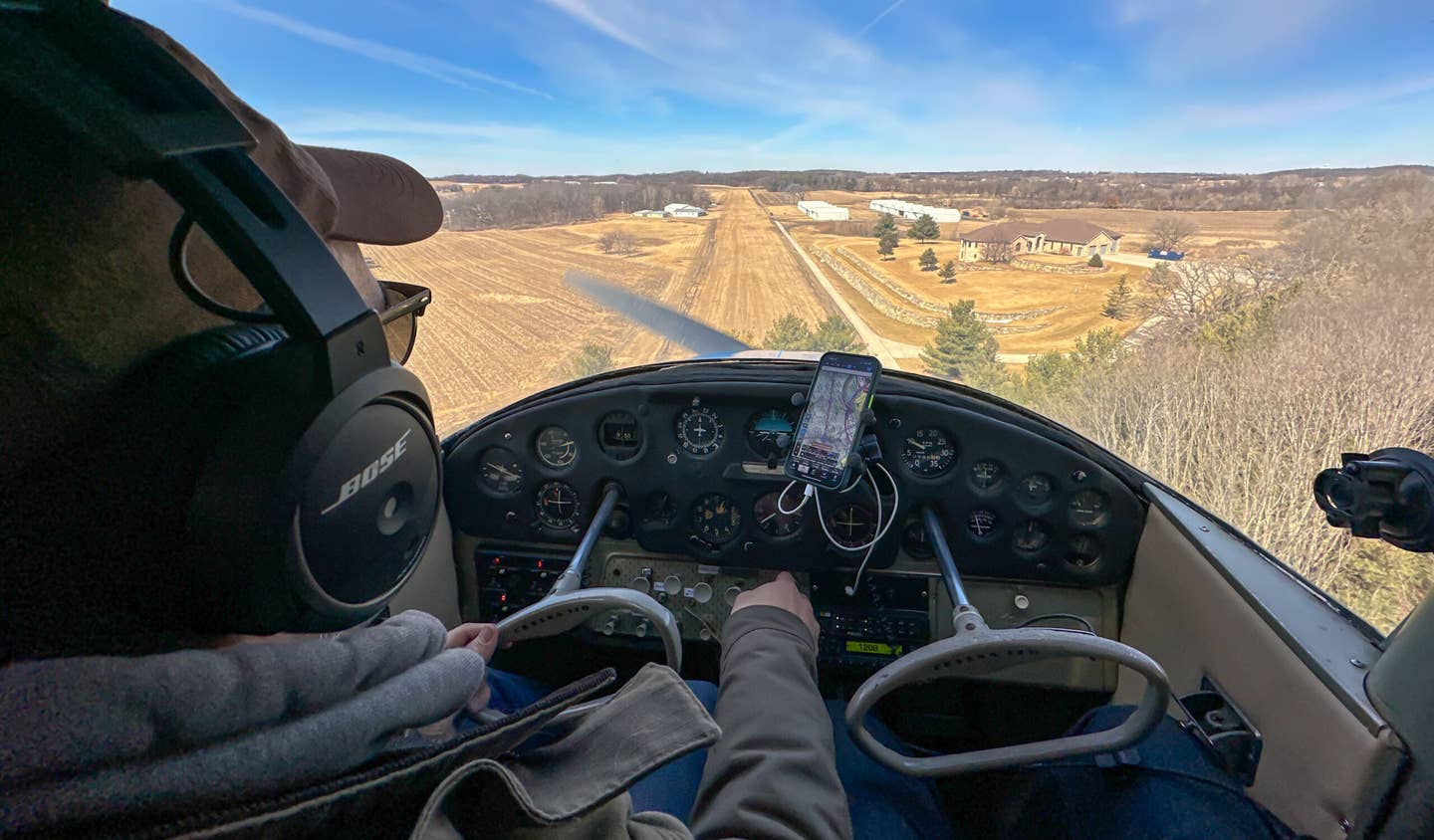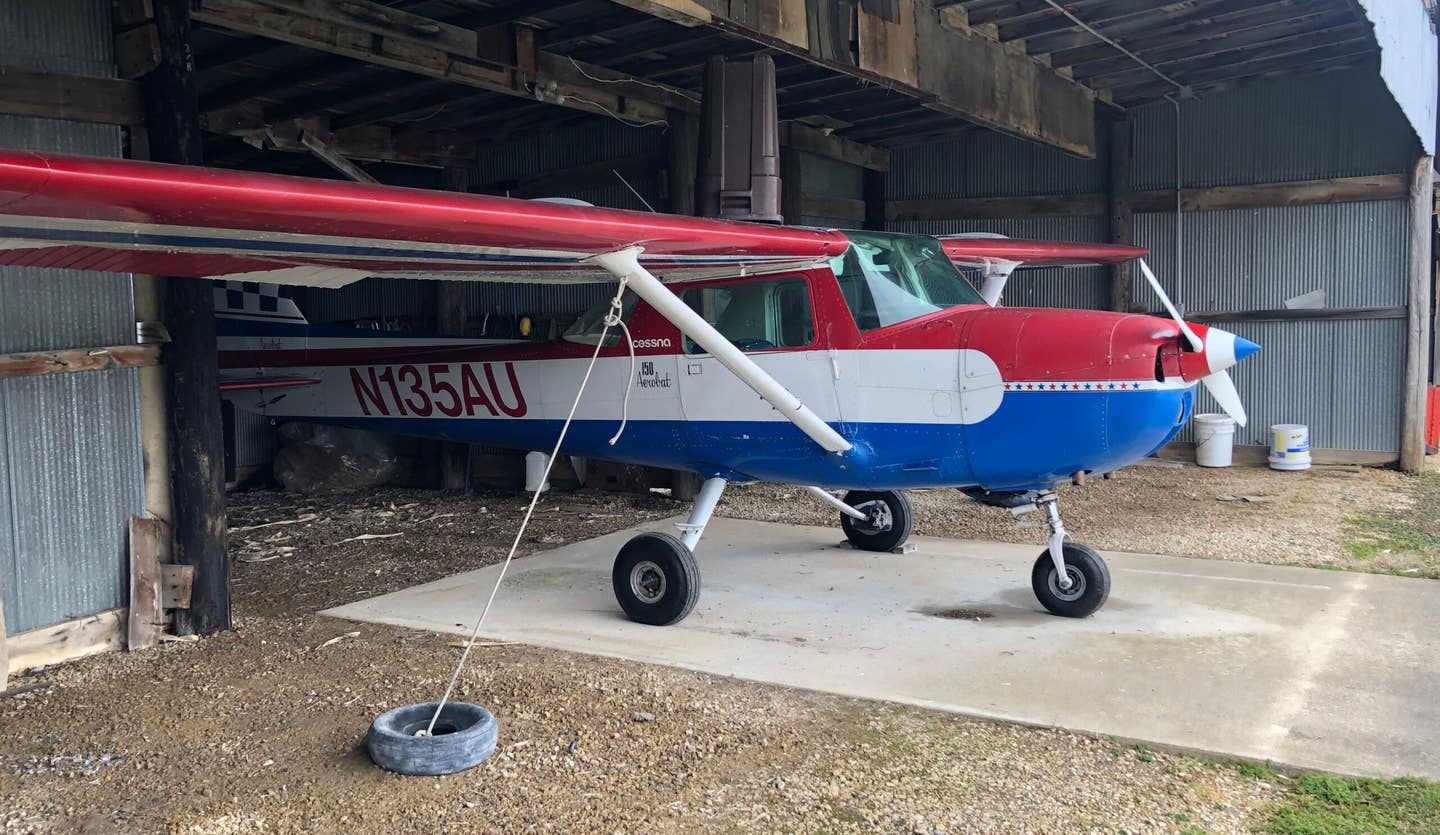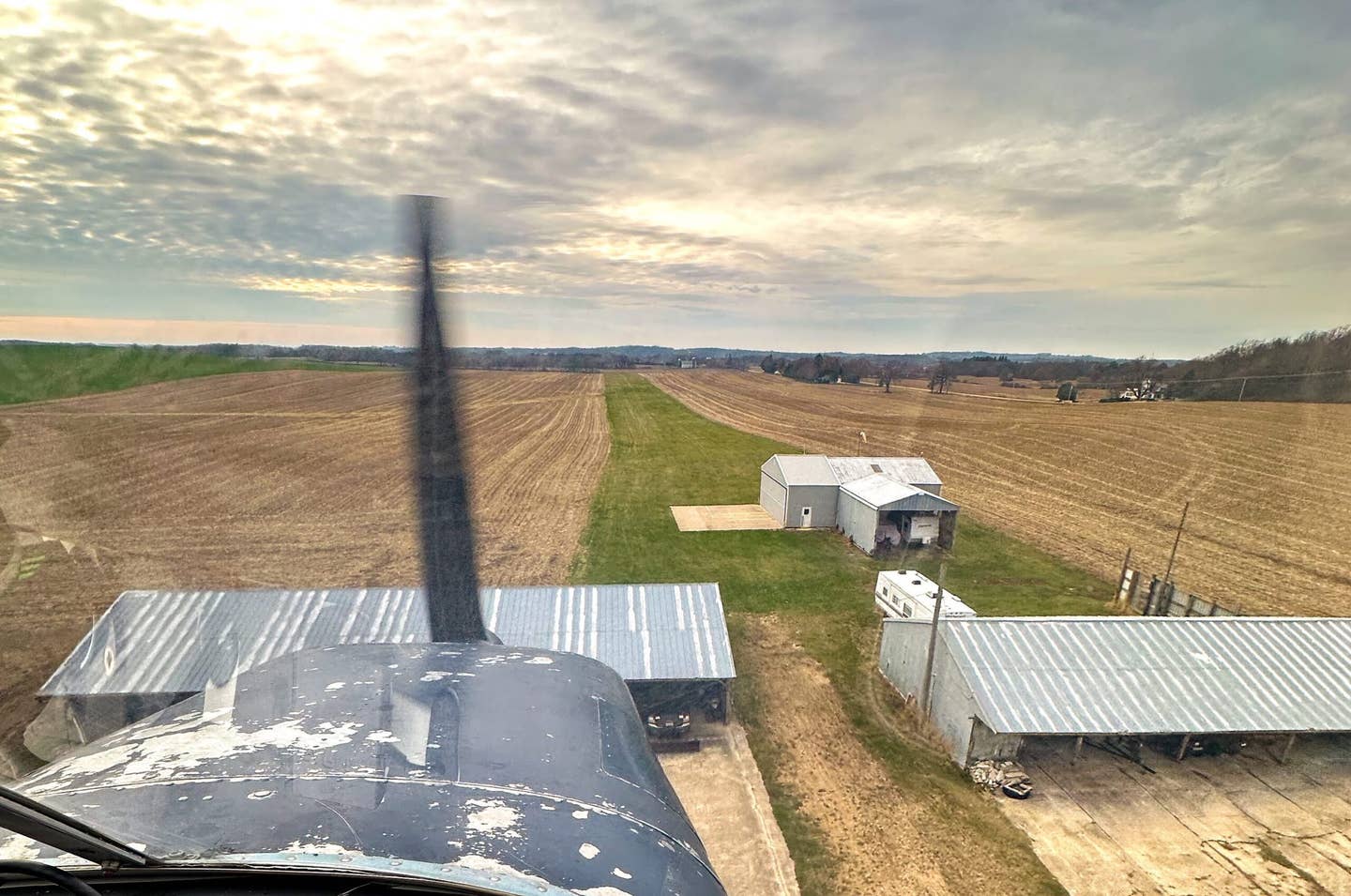Making an Old Panel New Again
During an instrument panel upgrade, problems can turn into not-too-terribly expensive opportunities for adding functionality and reliability.
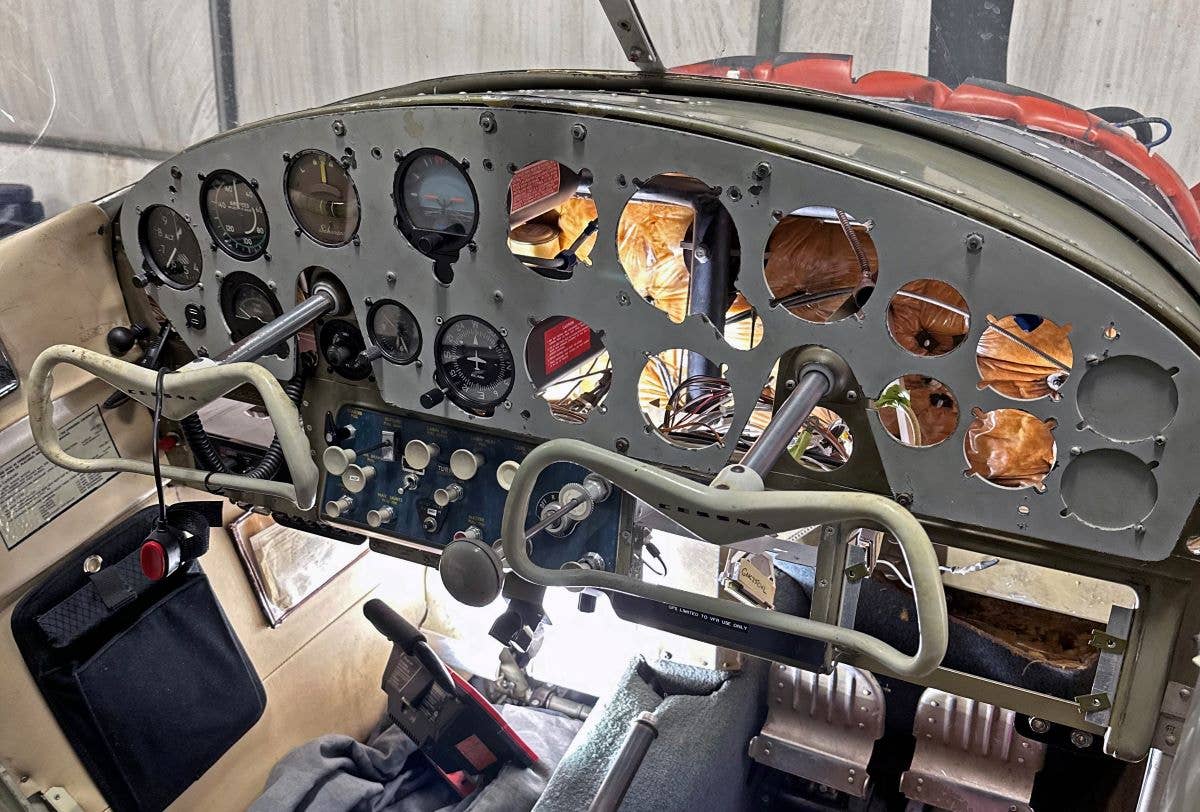
Between the major concerns, such as avionics and visual design, interesting opportunities abound to breathe new life into an old panel. [Credit: Jessica Voruda]
The process of completely redoing one’s instrument panel consists of several chapters, each interesting in its own way and some that are unexpected. The first typically tackles some of the most fundamental issues revolving around mechanical interference and the basic compatibility of all the various avionics you’ve selected. The last step involves determining the aesthetics of the panel, from instrument positioning to the colors used.
In between, some more subtle problems emerge. If you’re fortunate enough to have selected an experienced avionics shop that patiently educates you along the way, you can work together to transform these frustrating problems into interesting opportunities. This made me explore and freshen up some of my panel's less flashy and more functional aspects.
My friend and avionics sorceress, Jessica Voruda at NewView Technologies, first brought some of these opportunities to my attention. Voruda pointed out that the pull knobs that control things, such as my lighting and cabin climate controls, had lived a hard life and looked pretty well used. It wouldn’t be too terribly expensive, she said, to upgrade them along with new throttle and mixture control knobs.
This was music to my ears. I’ve always hated my Cessna 170’s massive, original throttle knob that felt to be the size of a tennis ball. And I especially hate the 170’s original mixture control, which feels identical to the carb heat knob. The entire travel of the mixture knob was little more than a couple of inches, making accurate leaning a wildly inaccurate guessing game.
As many older Continental engines seem to foul their spark plugs with massive enthusiasm, this has long been a concern of mine. I typically lean the mixture immediately following a landing to prevent this, and on one occasion last summer I pulled that little mixture knob just a bit too far and caused the engine to stumble. While I was happy to have been on the ground when it happened, it was nevertheless annoying to have such a small window of mixture adjustment.
Faced with the opportunity to upgrade these items, I fondly recalled my time flying Mooney M-20R Ovations. Like many newer types, the Ovation was equipped with vernier throttle and mixture controls, enabling the pilot to twist either knob, slowly screwing it inward or outward to provide precise adjustment.
The idea of adding such precision to my 170 was irresistible. Voruda recommended going with McFarlane Aviation’s vernier throttle and mixture controls, and when they arrived at the shop, I could see why. Their travel was long and smooth, and they felt solidly built. And unlike some vernier knobs that require the end button to be depressed for quick movement, the throttle control she picked out enables you to freely push and pull the knob while enabling the aforementioned twisting for fine-tuning.
For the smaller knobs that control lighting, carb heat, cabin air, etc., I was surprised to learn that McFarlane stocks them all in ivory. Having just uncovered my yokes for the first time to discover that they also are ivory colored beneath the ancient, ratty grip tape, I was happy to learn that I could retain the airplane’s original 1953 interior palette.
One of the last concerns in the category of subtle opportunities disguised as problems was my altimeters—yes, plural. For reasons lost to history, some previous owner had decided to add a second altimeter to the panel. While I liked the vintage look of one of them, Voruda tested each and learned that neither could pass a leak test.
Accuracy wasn’t the main concern here—for that, I’ll rely on a modern Garmin GI-275 attitude indicator and a second GI-275 backup for my primary altitude sources. The concern had to do with the old, worn altimeters introducing a leak to the entire pitot-static system, and the problem had to be addressed. Wanting to maintain a vintage look and keep an analog backup to the advanced Garmin avionics for entirely sentimental reasons, Voruda turned me to the Century Instrument Corp. in Wichita, Kansas, a small company that restores old instruments.
I liked this solution, and I doubt I would have thought of it on my own. By freshening up the internal parts that tend to deteriorate with time, Century brings older avionics and gauges up to snuff. This enabled me to purchase a restored turn indicator and altimeter to maintain my panel’s vintage look without any of the vintage reliability concerns.
The refurbished altimeter, with its 1950s appearance, will be certified for use as an IFR backup to the modern GI-275s should I wish to do any instrument flying in the future. Best of all, the markings will be a light military yellow as opposed to the bright white that comes on factory new gauges—another subtle vintage aesthetic touch.
Each of these cases initially emerged as a problem. But with careful investigation and experienced advice, each turned into a not-too-terribly expensive opportunity to upgrade, adding functionality and reliability to my panel. These items aren’t the most glamorous or flashy upgrades one can make to a panel, but they are each legitimate concerns that ultimately proved to be blessings in disguise.
With the initial compatibility trials out of the way and some of the more minor concerns addressed, I could move on to my favorite part of the project—the visual design.

Sign-up for newsletters & special offers!
Get the latest FLYING stories & special offers delivered directly to your inbox


